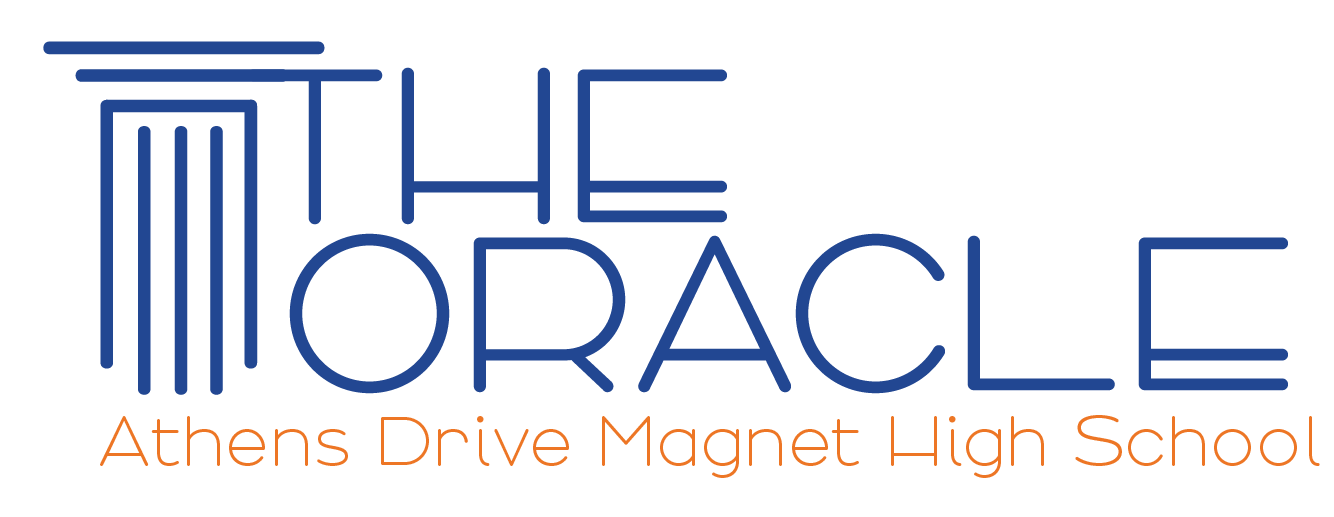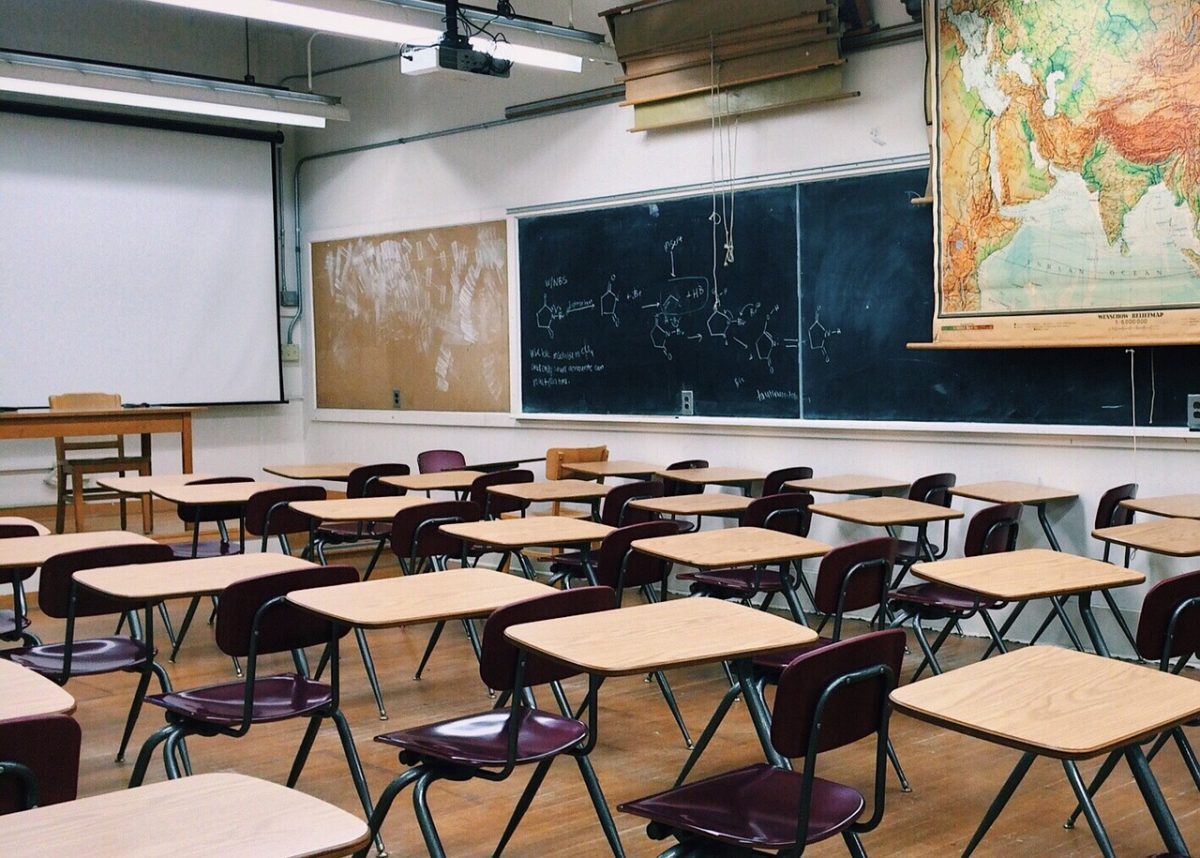Socioeconomic status affects students’ learning in school
For decades, disadvantaged communities have brought up the concern that children are not getting equal opportunities in schools. This challenge especially affects schools in rural and inner city areas that do not get the same income from the state as schools with largely suburban, middle-class populations.
This issue mostly lies in state governments; they simply do not put enough money in the schools that need updated textbooks, buildings and technology the most, instead funneling it into newer schools in wealthier areas. Cities and rural areas experience these issues and also affects the behaviors of students and their grades. While some might see the socioeconomic issues regarding schooling as an excuse as to why minority students perform poorly, it is anything but that. When schools are underfunded and practically ignored by the state, grades go down.
Schools get most of their funding from how students perform on standardized tests. So when students go to schools that receive less funding because of their test scores each year, the cycle viciously repeats. This is why inner-city schools get their reputation in large cities, or those in rural areas are ignored but looked down upon when mentioned. The simple fact is that when governments put more money in schools, they perform well or above average, according to a study made by Berkeley claiming, “…a 10 percent increase in the money available for each low-income student resulted in a 9.5 percent increase in students’ earnings as adults.”
The problem is that well-performing schools reside in largely white, middle-class suburban areas. The terms commonly used to put the two categories against each other are simply “suburban schools” and “urban schools”. According to the Education Facilities Clearinghouse, urban schools receive inexperienced and underpaid teachers, lack of updated textbooks and classrooms, as well as lack of funding to make building repairs for classrooms falling apart. EFC also claims that the gap between how much money is spent on per student in the different school subgroups is commonly nearly up to half as less for urban schools than suburban.
Unfortunately, it is very hard to prevent this cycle of state governments picking and choosing which schools get more funding. Suburban communities are usually the ones actually planned out, along with the schools in them. The schools inherently get more funding and more attention from the state, automatically counting out inner-city and rural schools and eventually leaving them behind financially and academically. States very well know how picking and choosing which schools will be funded is ruining educational experiences for students who are already disadvantaged in terms of socioeconomic status.
It is impossible to ignore which kind of minority groups are directly affected by being ignored by states; most of this population are children of color that come from low-class communities. The disadvantages they have to face are only exemplified by being, essentially, ignored by states — such as Louisiana and New Mexico — that allow their schools to fall apart academically and even structurally. When a student does not get equal opportunities in a schooling environment, it only implements the fact that they also do not get equal opportunities in the world around them and their futures. The government and advantaged communities need to stop ignoring these children and give them what they deserve — equal education.














